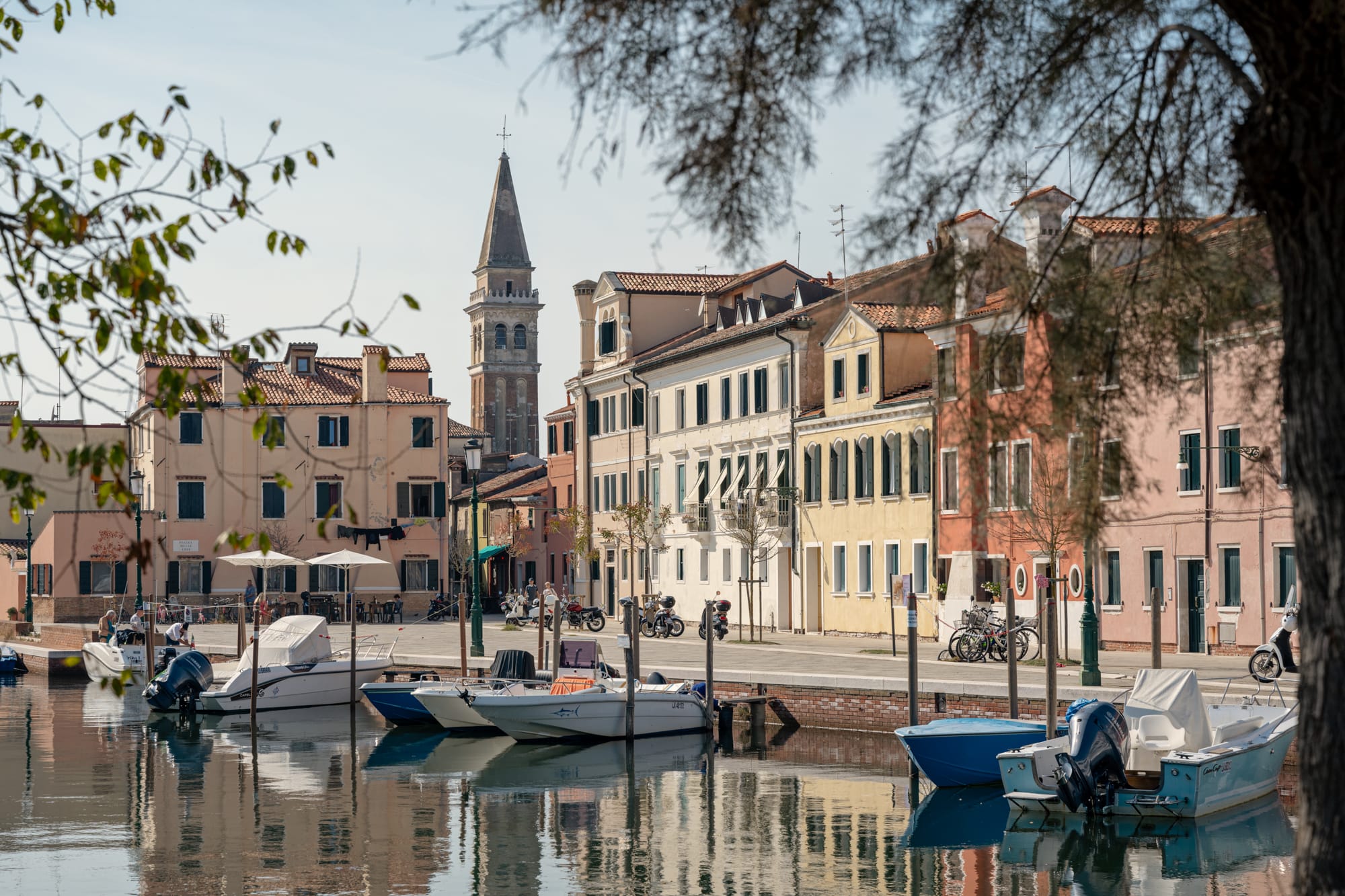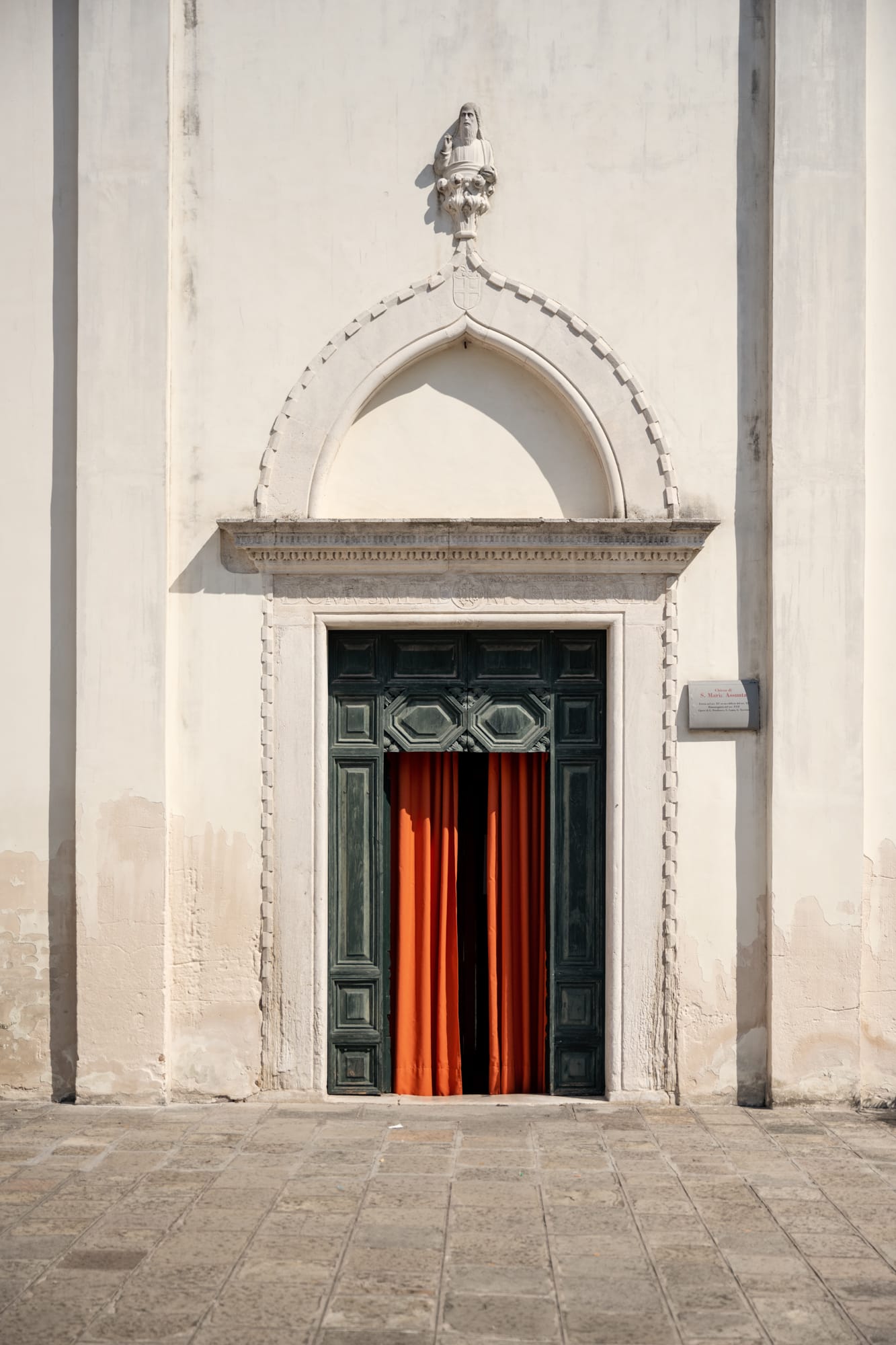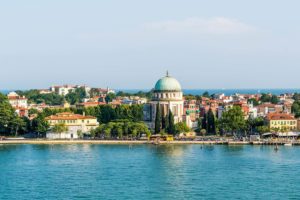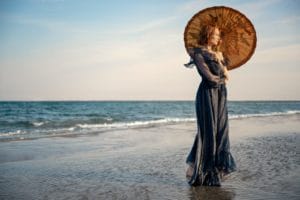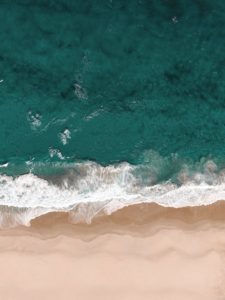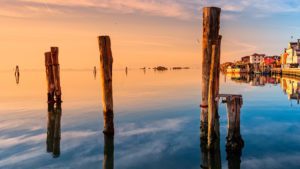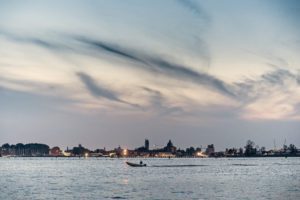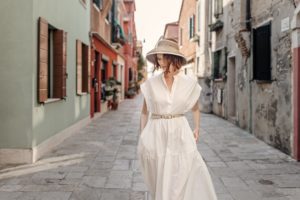An ancient place, the Atlantis of the Lido, where Corto Maltese also felt at home.
Malamocco, once the ancient port of Padua, is the village suspended in time that the cartoonist Hugo Pratt had fell in love with, setting several Corto Maltese stories here. It is a secluded and tranquil area of the Lido, one of a kind, where you can walk along the canal, among lanes and fields, just like in Venice.
Malamocco is a Venetian town located in the south-central area of the island of Lido. The history of this ancient village is fascinating and age-old. It has its roots in the Roman civilisation and is cloaked in salt-encrusted legends heard in the tales of Venetian fishermen. Understated and detached from the glamour of other areas of the Lido, Malamocco is a village surrounded by a canal, where time seems to have stood still.
A JOURNEY THROUGH HISTORY AND FAMOUS PEOPLE
The area was certainly highly populated in Romanesque times, with places such as Poveglia, the Octagon (the fortified island) and the islands of Podo and Fisolo, in whose hinterlands the remains of numerous villas of the time and the port were found, which could be those of the port of Padua and, therefore, of the ancient Metamauco.
Whether due to a tsunami or, more likely, due to erosion from the nearby channel, at the beginning of the twelfth century the village was in a state of decline, and the records speak of a Novo Metamauco from 1107. Slowly, the city began to lose prestige and became an increasingly peripheral settlement.
In 1608, the sailor Pietro Alberti was born here, considered the first Italian-American in history, to whom a plaque is dedicated in Battery Park in Manhattan. But the real star of this sleepy little village was the cartoonist Hugo Pratt, who told the story of Malamocco in the adventures of his character Corto Maltese, and who created the group of cartoonists of Malamocco, which also included Lele Vianello and Guido Fuga.
WHAT TO SEE IN MALAMOCCO
Among streets, fields and squares, in Malamocco you have the Church of Santa Maria Assunta, where the statue of the Madonna di Marina and a Christ from Poveglia are preserved, the Palazzo del Podestà and the remains of an Austrian fort.
There is also a small cemetery by the sea, a unique elementary school on stilts and the Murazzi, the stone breakwater built by the Republic of Venice to protect the island from being eroded by the sea. And, finally, numerous vegetable gardens famous for the artichokes of Malamocco, among the most highly prized in the world.
THE PAST WRITTEN IN THE NAME
It would appear that the origin of the name “Malamocco” is the Medoacus Maior, that is, what is currently known as the Brenta river, from which the name Metamauco derives. There is a local legend that tells that the ancient Metamauco, closer to the sea than the current settlement, was destroyed by a tsunami around 1110 and it is said that today, on days when the waters are calmer, you can see its submerged ruins, which get tangled in the fishermen’s nets.
The names that can be read on the plates of this village recall its origins as a port of the city of Padua: in fact, they include Bassanello and Stanga (like Paduan the districts of the same names), as well as Piazza delle Erbe. During the Roman Empire and in the following centuries it was an important place for people passing through the area; it also became the episcopal seat and capital of the Duchy of Venice. The port mouth that takes its name from this town is much further south, and is also known as the port of Alberoni.
«Hugo used to get to Venice from Losanna or Milan studios […] and he took his team of assistants at the harbour entrance to watch the ships.»

